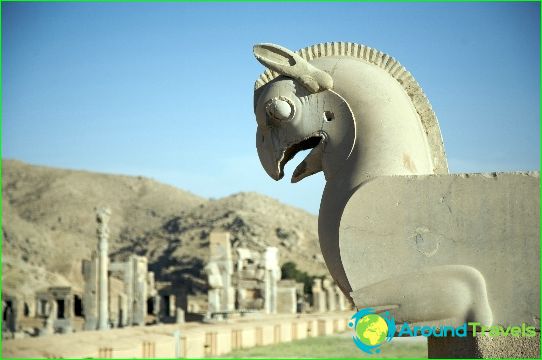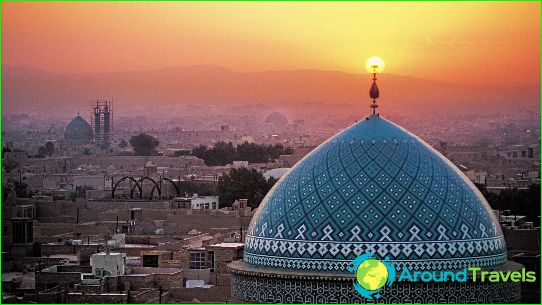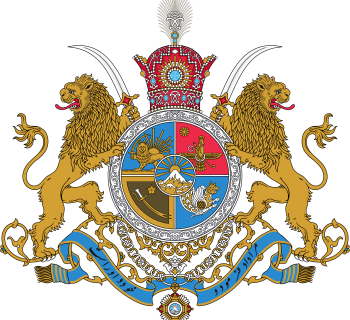Iranian culture

Written sources give the right to believe that the history of Iran has at least five millennia. It was on this land that the once famous Persia was located, familiar to everyone from eastern tales. The state has played a key role in the region since the times of the Median kingdom, and the culture of Iran has become one of the most unique and significant in the Middle East..
Islamic state, Iran obeys the requirements of the Muslim religion in everything. It is Islam that dictates the rules of behavior and norms of architecture, subjects for painting and musical trends..
From the honorable list
In the culture of Iran, architecture has always played a noticeably important role. Luxurious Persian palaces and entire fabulous cities have survived on the territory of the Islamic Republic of Iran. Many of them have become World Heritage Sites:
- The first and main architectural monument of Iran is Persepolis. The capital of the ancient Persian dynasty of the Achaemenids was built in the 5th century BC. and was distinguished by special luxury and advanced techniques in construction. A huge palace and a royal tomb, rock reliefs and ruins of religious buildings - all this can be seen on an excursion visiting Iran.
- The very first capital of the powerful Achaemenid empire was the Persian city of Pasargadae. Today, its archaeological zone invites tourists to see the mausoleum of King Cyrus, climb the Toll-e-takht fortress and visit the ruins of palaces and hanging gardens. It is noteworthy that the tomb of Cyrus served as a prototype for the mausoleum on Red Square in Moscow.
- The monasteries of St. Thaddeus and St. Stephen are prominent representatives of Armenian architecture in Iran. They were founded in the period of the 9th-10th centuries and adorn the mountains of old Persia.
- A stunningly beautiful mausoleum in honor of Sheikh Safi al-Din, erected by his son in 1334 in memory of his father. The 17-meter tower of the tomb and its dome are decorated with colored tiles, and the richly decorated interiors provide an idea of the medieval culture of Iran..
At one table
Iranian cuisine is also part of the local culture, which you can get acquainted with in any cafe or restaurant. Connoisseurs of independent travel recommend visiting an Iranian home to taste real cuisine, whose main menu consists of aromatic dishes of vegetables, lamb, fruits and freshly baked bread. The main drink of the Iranians is tea. The process of its preparation and the tea drinking itself become a real ritual, the subtleties of which are passed on from generation to generation..



